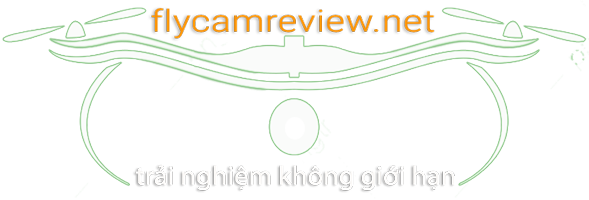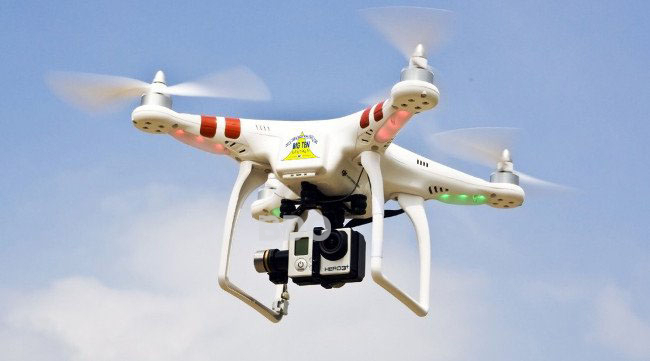Flycam vs Drone, the world has witnessed a remarkable evolution in aerial technology, particularly with the emergence of flycams and drones. While these two terms are often used interchangeably, they represent distinct concepts that cater to different needs and functionalities. Whether for recreational photography or advanced commercial applications, understanding the nuances between flycams and drones is crucial for users aiming to harness their full potential.
This comprehensive guide delves deep into the intricacies of flycams and drones, comparing their technical aspects, design, features, applications, advantages, and much more, ultimately empowering readers to make informed decisions based on their specific requirements.

Understanding the Basics
Definition of Flycam
A flycam, commonly referred to as a “flying camera,” is a specialized type of drone equipped primarily for capturing images and videos from an aerial perspective. Unlike traditional fixed cameras, flycams offer mobility and versatility, allowing users to shoot breathtaking footage from angles that were previously hard to reach. The primary purpose of a flycam lies in its ability to record stunning aerial visuals, making it popular among photographers, filmmakers, and hobbyists alike.
The essence of a flycam stems from its capability to combine flight technology with high-quality imaging tools. Users can experience a unique blend of creativity and technology when operating a flycam, giving rise to innovative storytelling opportunities through visual media. Whether capturing scenic landscapes, sporting events, or personal milestones, a flycam serves as a powerful tool for those seeking to capture life from above.
Definition of Drone
Drones, broadly defined, are unmanned aerial vehicles (UAVs) that can be remotely controlled or pre-programmed to carry out specific tasks. They encompass a wide range of applications beyond simple photography, including agricultural monitoring, surveillance, logistics, mapping, and search-and-rescue operations. Drones can vary significantly in size, shape, and capabilities, depending on their intended use.
While some drones are equipped with cameras, others focus exclusively on other functionalities, such as transporting goods or performing inspections. The versatility of drones makes them valuable assets in various industrial and commercial fields, paving the way for automation and efficiency in operations that were once labor-intensive and time-consuming.

The Relationship Between Flycam and Drone
Despite the differences in definition, it is essential to recognize that all flycams are drones, but not all drones qualify as flycams. At the core, flycams represent a specific subset of drones designed explicitly for capturing high-quality imagery and video. The relationship between the two devices highlights how advancements in drone technology have enabled the development of flycams with sophisticated imaging capabilities.
As technology progresses, the lines dividing flycams and drones continue to blur, prompting manufacturers to create hybrid models that encompass both functionalities. This transformation brings forth new challenges and opportunities for users who must navigate the evolving landscape of aerial devices. By grasping the intricacies of this relationship, individuals can better understand which device aligns with their creative or operational goals.
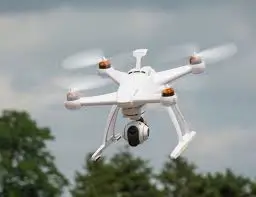
Technical Aspects Flycam vs Drone
How Flycams Operate
Operating a flycam typically involves remote control, with users manipulating the device’s movements using a handheld transmitter. Most modern flycams come equipped with intuitive interfaces that simplify navigation and maneuverability, enabling even beginners to familiarize themselves with the controls quickly.
When in flight, flycams rely on advanced stabilization technology to ensure smooth footage and photography. Gyroscopic sensors help maintain balance, allowing the camera to capture steady shots regardless of wind conditions or sudden movements. Additionally, many flycams feature intelligent flight modes that automate certain functions, such as following subjects or orbiting around points of interest, enhancing user experience and creative possibilities.
Moreover, live streaming capabilities enable users to transmit aerial footage in real-time, providing exciting options for events or gatherings. This feature transforms how we share experiences, making flycams an appealing choice for social media influencers and content creators.

How Drones Function
Drones, while sharing similarities with flycams, have a more diverse range of functionalities. Their operation involves complex systems that can include autopilot capabilities, GPS navigation, and onboard sensors for obstacle avoidance. Some drones are designed for specific tasks like reconnaissance, surveying, or mapping terrain, employing specialized equipment tailored to fulfill those needs.
Many modern drones operate within a defined airspace using sophisticated communication systems that allow remote pilots to maintain control without risking interference with other devices. Drones leverage a combination of algorithms and sensors to execute autonomous missions, offering a level of precision and reliability that enhances operational efficiency in various industries.
In addition to basic flight controls, drones may feature customizable payload capabilities, enabling them to carry different types of equipment, from thermal cameras for inspection purposes to delivery mechanisms for logistics applications. This adaptability expands the horizons for drone technology, paving the way for innovative solutions in multiple sectors.

Exploring the Flycam K11 Turbo A Comprehensive Guide
Key Differences in Technology
The technological divide between flycams and drones primarily revolves around their intended purpose and functionality. While flycams focus on capturing high-resolution images and videos, most drones serve broader objectives, including transport, monitoring, and data collection.
Flycams typically prioritize camera quality, stabilization features, and user-friendly controls for artists and enthusiasts. Drones, on the other hand, require robust navigation systems, extensive battery life, and payload capacity, catering to professionals in various domains.
Furthermore, as both technologies continue to evolve, advancements in artificial intelligence and machine learning are emerging, allowing for smarter automation and maneuverability. These innovations may bring about radical shifts in how both flycams and drones are employed, leading to a new era of aerial creativity and efficiency.

Design and Build
Construction of Flycams
Flycams are engineered with a focus on lightweight materials that aid in achieving optimal flight performance. Constructed from sturdy yet lightweight elements like carbon fiber and plastic composites, flycams strike a balance between resilience and maneuverability.
The design often incorporates foldable arms, allowing for portability and ease of transport. Their compact nature makes them ideal for travel, as users can conveniently stow them in bags without compromising on performance. Furthermore, flycams frequently feature integrated gimbals that stabilize the camera during flight, ensuring crisp imagery even in less-than-ideal conditions.
Many flycams also emphasize aesthetics, combining style and function in their appearance. Manufacturers often lead with visually appealing designs that resonate with contemporary trends, drawing a specific audience focused on artistic representation in their gear.
Structure of Drones
Drones exhibit a more diversified structural composition to meet a variety of operational demands. Depending on their designated purpose, drones may be constructed with heavier materials that enhance durability and resistance to environmental factors, such as inclement weather or rough terrain.
The design of drones varies widely—some may resemble quadcopters with four rotors, while others may take on fixed-wing configurations for extended range and endurance. This diversity allows drones to adapt effectively to their respective roles, whether for surveying vast agricultural lands or navigating urban environments for delivery.
Moreover, drones often incorporate modular components that can be swapped or upgraded to suit changing requirements. For instance, a drone initially equipped for photography might later adapt to perform logistical tasks with the addition of specialty attachments or sensors.
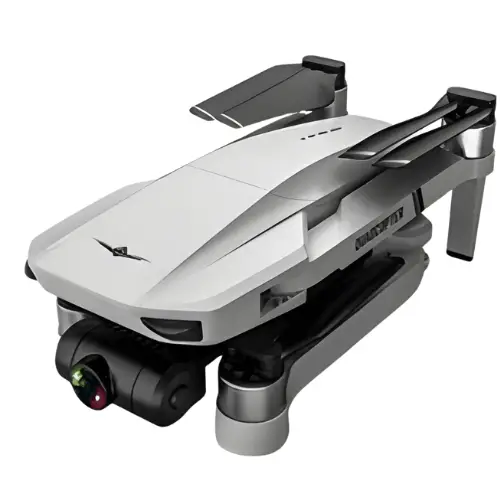
Weight and Portability Considerations
Weight and portability are critical factors to consider when selecting between a flycam and a drone. Flycams typically weigh less than drones, making them easier to handle and transport, especially for casual users or hobbyists. Their compactness allows users to carry them on outdoor excursions without feeling burdened.
On the contrary, while many drones are built for extensive operational capabilities, their added weight can pose challenges for frequent travel. However, advancements in miniaturization and design innovation have produced lightweight drones that bridge the gap between portability and performance. Ultimately, the decision between flycam and drone hinges on personal preferences and usage scenarios, emphasizing the importance of evaluating individual needs.
Features and Functionality
Camera Capabilities in Flycams
One of the standout features of flycams is their ability to capture stunning high-definition images and videos. Equipped with advanced lenses and sensors, flycams can deliver exceptional quality footage, from panoramic vistas to intricate close-ups.
Moreover, many flycams now support features such as 4K resolution, slow-motion recording, and HDR imaging, enriching the storytelling experience. Users can experiment with various settings to achieve desired results, giving rise to limitless creative opportunities.
Additionally, flycams often integrate intelligent features like automatic image stabilization, face detection, and smart tracking, simplifying the process of capturing dynamic shots. Such enhancements appeal to novice users, enabling them to produce professional-looking content without requiring extensive technical expertise.

Advanced Features in Drones
Drones have evolved far beyond basic aerial capabilities, boasting cutting-edge features that empower professionals across various industries. Many modern drones come equipped with GPS-enabled navigation systems, allowing for precise positioning during flights and automated mission execution.
Obstacles avoidance systems are another hallmark of advanced drones, enhancing safety during operations by preventing collisions with obstacles in the environment. Such technology is invaluable when deploying drones in densely populated areas or rugged landscapes where visibility may be limited.
Drones can also be outfitted with additional sensors, including thermal imaging cameras, LiDAR systems, and multispectral sensors, expanding their functionality for applications in agriculture, construction, and emergency response. These advanced capabilities position drones as indispensable tools for professionals seeking to optimize operations and decision-making processes.

Comparison of Flight Modes and Controls
When evaluating flycams and drones, it’s essential to consider flight modes and control options. Flycams often offer simplified controls that cater to casual users looking for an enjoyable experience. Features such as “one-button takeoff” and automated hovering make operating a flycam largely intuitive, even for those with minimal experience.
Conversely, drones offer a wider range of advanced flight modes tailored for specific applications. Professional users can access features like waypoint navigation, follow-me mode, and orbit mode, which facilitate enhanced exploration and mapping capabilities.
Ultimately, the choice between flycam and drone comes down to the user’s expertise level and intended use. Hobbyists may prefer the straightforward controls of a flycam, while seasoned operators may seek the versatility and advanced functionalities offered by drones.
Applications of Flycams
Photography and Videography
Flycams find their primary application in the realm of photography and videography. Armed with high-quality cameras, they empower artists and content creators to encapsulate breathtaking visuals from above.

Amateur photographers can explore new perspectives, capturing beautiful sunsets, cityscapes, and natural wonders, while professionals can utilize flycams to enhance cinematic storytelling. These devices have become increasingly favored in film production, weddings, and events due to their ability to create compelling aerial shots that elevate the narrative.
Moreover, the democratization of flycam technology has led to the rise of social media influencers who leverage aerial imagery to amplify their brand presence. With stunning flycam visuals, creators can engage audiences and foster connections that transcend geographical barriers.
Recreational Uses
Beyond professional applications, flycams have gained popularity for recreational uses. Adventurers, travelers, and outdoor enthusiasts often resort to flycams to document their journeys, preserving memories in captivating ways.
From family outings to extreme sports activities, flycams add an exhilarating dimension to recreation. Experience-seekers can capture action-packed moments, creating immersive visual narratives that convey the thrill of their adventures.
Moreover, educational institutions are adopting flycams for teaching purposes, using them to facilitate lessons in geography, environmental studies, and photography. This innovative approach fosters engagement and curiosity among students, enabling them to explore the world around them through the lens of a flycam.

Educational Purposes
The educational potential of flycams extends beyond mere documentation. Schools, universities, and research organizations have begun utilizing flycams for practical learning experiences.
Students studying ecology, biology, or geography can conduct field research and collect data from hard-to-reach locations, gaining insights into wildlife behavior or ecological changes.
Additionally, workshops and courses centered around flycam operation equip participants with valuable skills in photography, videography, and drone technology. As awareness grows regarding the applications of flycams in education, we can expect to see an increased emphasis on integrating this technology into academic curricula.
Applications of Drones
Commercial Use Cases
Drones have carved out significant niches within various commercial sectors, transforming how businesses operate. In industries such as agriculture, drones are deployed to monitor crop health, assess soil conditions, and optimize resource allocation. Farmers can gather data through aerial imagery, enabling them to make informed decisions that enhance yield and sustainability.
In construction and real estate, drones are utilized for site inspections, progress assessments, and property marketing. High-resolution aerial footage provides a comprehensive view of developments, streamlining project management and communication with stakeholders.
Moreover, environmental monitoring agencies employ drones for wildlife conservation, pollution tracking, and disaster assessment. The ability to capture extensive data rapidly positions drones as valuable assets in addressing global challenges.

Delivery Systems and Logistics
One of the most exciting applications of drones lies in logistics and delivery systems. Companies worldwide are exploring the feasibility of using drones to transport goods efficiently and quickly, promising faster service and reduced costs.
Major retailers and startups alike are testing drone delivery systems for various products, ranging from food and medical supplies to consumer electronics. These trials demonstrate the potential for revolutionizing last-mile delivery, circumventing traffic congestion and reaching remote locations.
As regulatory frameworks continue to evolve, the prospect of widespread drone delivery services appears increasingly attainable, offering consumers unprecedented convenience and choices.
Search and Rescue Operations
Drones have emerged as vital tools in search and rescue missions, particularly in times of crisis or disaster. Their ability to cover vast areas quickly, coupled with onboard imaging systems, aids emergency responders in locating missing individuals and assessing damage.
During natural disasters like hurricanes, earthquakes, or floods, drones can provide real-time situational awareness, highlighting areas in need of immediate assistance. The deployment of drones can enhance coordination efforts and streamline rescue operations, potentially saving lives.
As technology advances, the integration of AI and machine learning into drone systems promises to further optimize search and rescue initiatives, yielding more efficient outcomes in urgent situations.
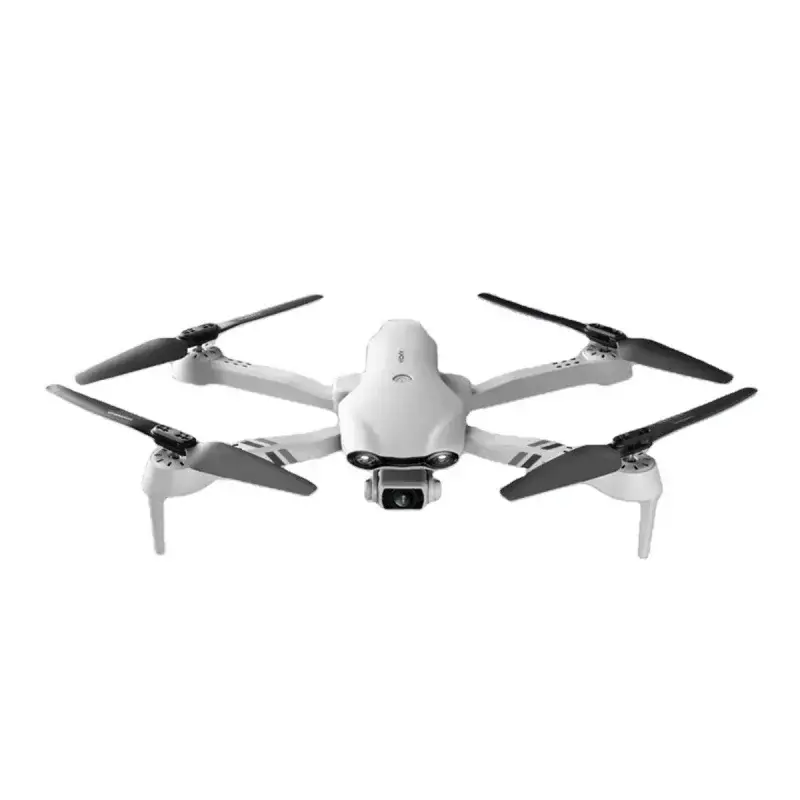
Advantages and Disadvantages
Pros of Using Flycams
Flycams are lauded for their user-friendly interface and portability, catering to beginners and casual users. The convenience of handling a flycam, combined with its capability to produce stunning visuals, makes it an attractive option for hobbyists and travelers.
With advanced stabilization and intelligent features, flycams enable users to capture high-quality content with minimal effort, elevating the creative process. Their relatively lower cost compared to professional drones appeals to those who wish to dip their toes into aerial photography without breaking the bank.
Moreover, flycams foster a sense of adventure, encouraging users to explore new horizons and perspectives. The joy of piloting a flycam can create lasting memories and inspire individuals to push their creative boundaries.

Cons of Flycams
Despite their advantages, flycams do have limitations. The primary drawback lies in their reliance on manual operation; users must be physically present to control the device, which can hinder expansive coverage and multi-tasking capabilities.
Additionally, while flycams excel in photography and videography, they may lack the advanced features found in professional-grade drones. Flycams may not be suitable for specialized applications, such as agricultural monitoring or heavy-lift transport, limiting their overall utility.
Lastly, battery life presents a challenge for flycams, often resulting in shorter flight times compared to drones designed for prolonged operations. This limitation necessitates careful planning to maximize usage during outdoor sessions.
Benefits of Drones
Drones stand out for their versatile applications and advanced functionalities, making them invaluable tools in various sectors. Their ability to operate autonomously allows for enhanced efficiency in data collection, monitoring, and logistics.
The integration of cutting-edge technology, such as AI and GPS navigation, empowers drones to perform complex tasks with precision and reliability. This capability augments their role in commercial applications, facilitating streamlined operations across industries.
Furthermore, drones are increasingly recognized for their potential contributions to public safety and welfare. Their deployment in search and rescue, disaster response, and environmental monitoring underscores their significance in addressing pressing global issues.

Drawbacks of Drones
Despite their numerous benefits, drones come with inherent challenges. Regulatory constraints surrounding drone usage can limit operational flexibility, particularly in urban areas where airspace is congested.
Additionally, the complexity of operating advanced drones poses a steep learning curve for inexperienced users. Navigating through varied functionalities and understanding local regulations can be daunting for newcomers.
Moreover, concerns related to privacy, safety, and security frequently arise in discussions surrounding drone technology. Stakeholders must address these issues to foster responsible drone use while maximizing their benefits.
User Needs and Preferences
Choosing a Flycam for Hobbyist Use
For budding photographers and recreational users, selecting a flycam entails considering several key factors. Budget remains a significant consideration, as entry-level flycams offer accessible pricing while still delivering quality results.
User-friendliness is paramount; beginners should look for flycams with intuitive controls and automated features that simplify the flying experience. Additionally, aspiring users should pay attention to camera specifications and image quality to ensure satisfactory performance.
Portability also plays a vital role for hobbyists who wish to take their flycams on travels or outdoor excursions. Compact, lightweight designs will enhance the enjoyment of capturing spontaneous moments without cumbersome equipment weighing them down.

Selecting a Drone for Professional Requirements
Professional users require a more meticulous selection process when choosing a drone. Priority should be given to the specific application’s demands, whether in agriculture, real estate, or filmmaking.
Advanced camera capabilities and sensor integrations should align with the project’s objectives, allowing for optimal data collection and analysis. Moreover, investing in drones with longer battery life and enhanced flight stability will contribute to improved operational efficiency.
Navigating local regulations and obtaining necessary permits constitute essential steps for professionals deploying drones commercially. Collaborating with experienced operators or training programs can enhance proficiency and compliance in conducting drone operations.
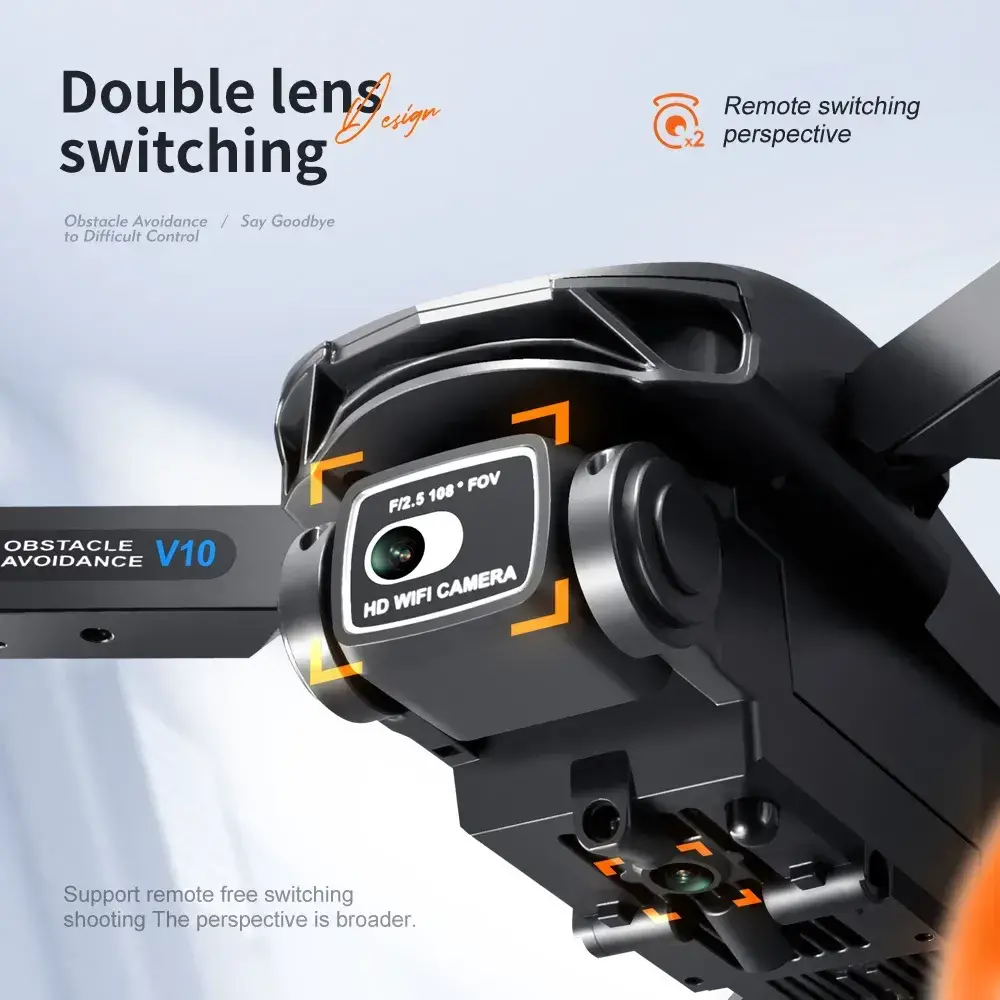
The Future of Flycams and Drones
Innovations on the Horizon
The future of flycams and drones appears poised for remarkable transformations, fueled by ongoing technological advancements. Emerging trends indicate an increasing integration of artificial intelligence, machine learning, and automation into aerial devices.
AI-driven capabilities promise to refine flight patterns, enhance obstacle avoidance, and facilitate real-time data analysis, thereby improving overall operational performance. As these features become commonplace, users can anticipate greater ease and efficiency in deploying aerial technology for diverse purposes.
Moreover, the development of hybrid models that seamlessly blend the functionalities of both flycams and drones indicates a shift towards multifaceted applications. Such innovations could redefine user expectations and expand the use cases for aerial technology.

The Blurring Lines Between Flycams and Drones
As advancements in technology unfold, the distinctions between flycams and drones continue to blur. With manufacturers increasingly creating hybrid models that possess capabilities of both devices, users may find themselves navigating a landscape where categorization becomes more challenging.
This convergence invites users to embrace a broader perspective in considering their aerial needs. It encourages exploration beyond the conventional definitions of flycams and drones, leading to innovative applications that may not fit neatly into existing categories.
Ultimately, this evolution emphasizes the need for adaptability and creativity among users, inspiring them to leverage the full potential of aerial technology to suit their individual goals and aspirations.
Notes
Importance of Understanding Each Device
Gaining a thorough understanding of the differences and similarities between flycams and drones is essential for users aiming to maximize their effectiveness. Knowledge equips individuals with the insights needed to choose the right device for their specific requirements.
Whether pursuing creative endeavors, professional projects, or recreational activities, recognizing the distinguishing features of each device allows users to make informed choices that align with their goals.

Implications for End Users
As the landscape of aerial technology continues to evolve, end users must remain vigilant in staying updated on innovations and regulatory changes. Awareness ensures a responsible approach to utilizing these devices, minimizing risks while maximizing their benefits.
Engaging with resources, communities, and training programs can foster deeper comprehension and enhance users’ abilities to capitalize on the transformative potential of flycams and drones.
Mistakes to Avoid
Overlooking Safety Regulations
Safety should always be a top priority when operating flycams and drones. Ignoring local regulations, airspace restrictions, and safety protocols can lead to serious consequences, including fines or accidents.
Users must invest time in understanding legal requirements surrounding drone operations, including registration, flight zones, and altitude limits. Seeking guidance from regulatory authorities or established pilot communities can help ensure compliance and safety.

Neglecting Maintenance Needs
Regular maintenance is crucial for prolonging the lifespan and performance of both flycams and drones. Users often overlook this critical aspect, leading to suboptimal performance or malfunctions during operations.
Establishing a routine maintenance schedule to inspect batteries, motors, propellers, and cameras will enhance reliability and prevent unexpected issues. Proper care ensures that operators can focus on maximizing their creative potential without worrying about equipment failures.
Failing to Choose Based on Intended Use
Selecting between a flycam and a drone without considering one’s specific needs can lead to dissatisfaction. Users must clarify their intentions, whether for recreational photography or professional applications, to avoid investing in equipment that doesn’t suit their requirements.
Conducting research, reading reviews, and seeking expert opinions can provide valuable insights to guide users toward the best choice for their unique circumstances. Thoughtful decision-making contributes to a rewarding experience with aerial technology.
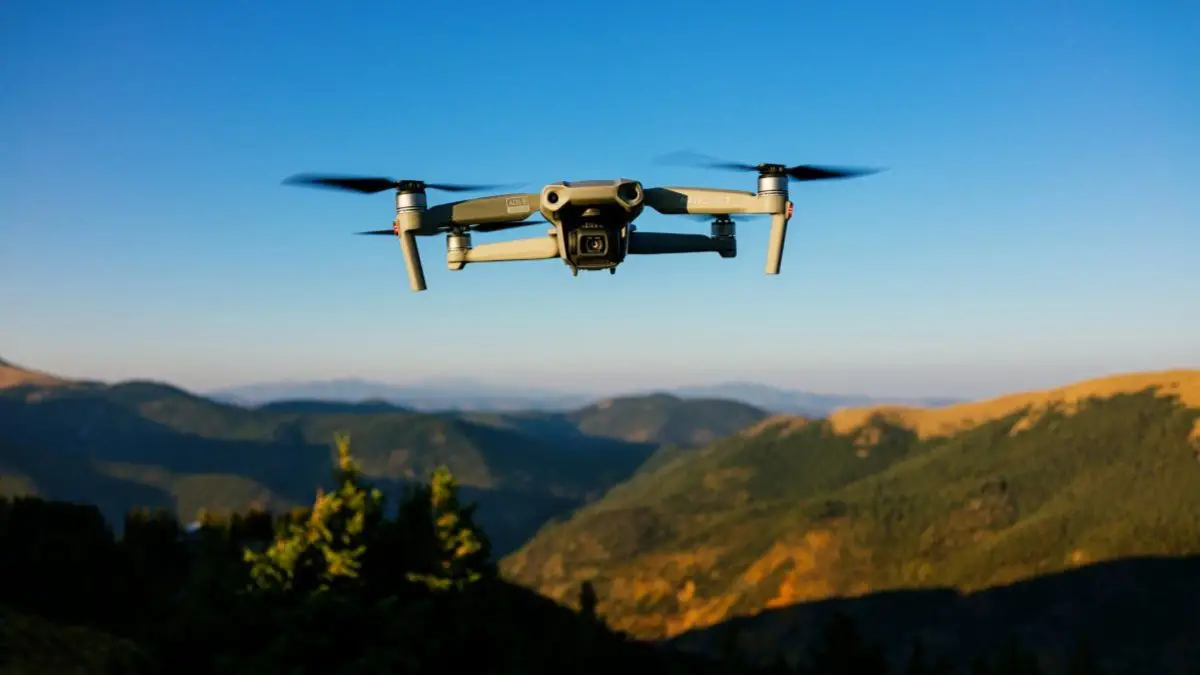
Frequently Asked Questions
Can all drones be considered flycams?
Not all drones can be classified as flycams. While all flycams fall under the umbrella of drones, they specifically focus on capturing high-quality images and videos. Drones, in contrast, encompass a broader range of functionalities, including transportation, monitoring, and data collection.
What are the unique features of a flycam?
Flycams are characterized by their advanced camera capabilities, stabilization technology, and user-friendly controls. They often include features such as automated flight modes, live streaming, and easy-to-use interfaces that cater to amateur photographers and hobbyists.
When should I choose a drone over a flycam?
Opt for a drone over a flycam if you require advanced functionalities beyond photography, such as logistics, surveying, or detailed data collection. Drones with customizable payloads, GPS navigation, and obstacle avoidance systems cater to professional needs effectively.
Are there hybrid models available?
Yes, the market features hybrid models that blend the functionalities of flycams and drones. These devices can capture high-quality imagery while offering advanced operational capabilities, appealing to users with diverse requirements.

How do I ensure the safe operation of either device?
To ensure safe operation, familiarize yourself with local regulations, obtain necessary permits, and adhere to safety guidelines. Regularly maintain your equipment, conduct pre-flight checks, and practice in open areas to enhance your skills and reduce risks.
Conclusion
In conclusion, the distinction between flycams and drones is nuanced, with both serving unique and valuable purposes. Flycams excel in delivering stunning aerial photography and videography, while drones offer multifaceted functionalities that extend beyond imaging. As technology continues to advance, the lines separating these two devices grow increasingly blurred, opening new avenues for creative expression and practical applications. By understanding their features, advantages, and appropriate use cases, users can select the right device to meet their specific needs, paving the way for exciting explorations in the world of aerial technology.
